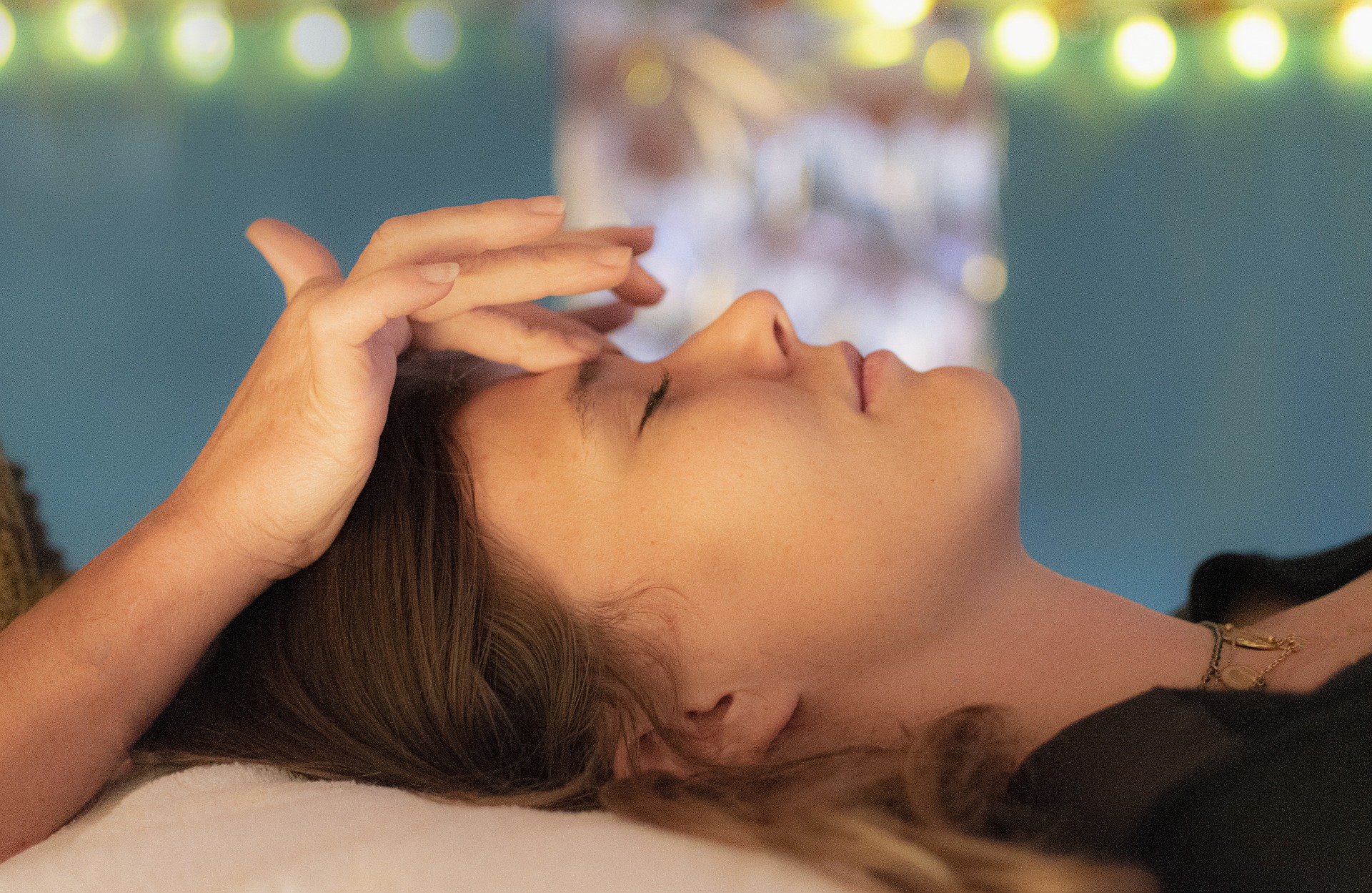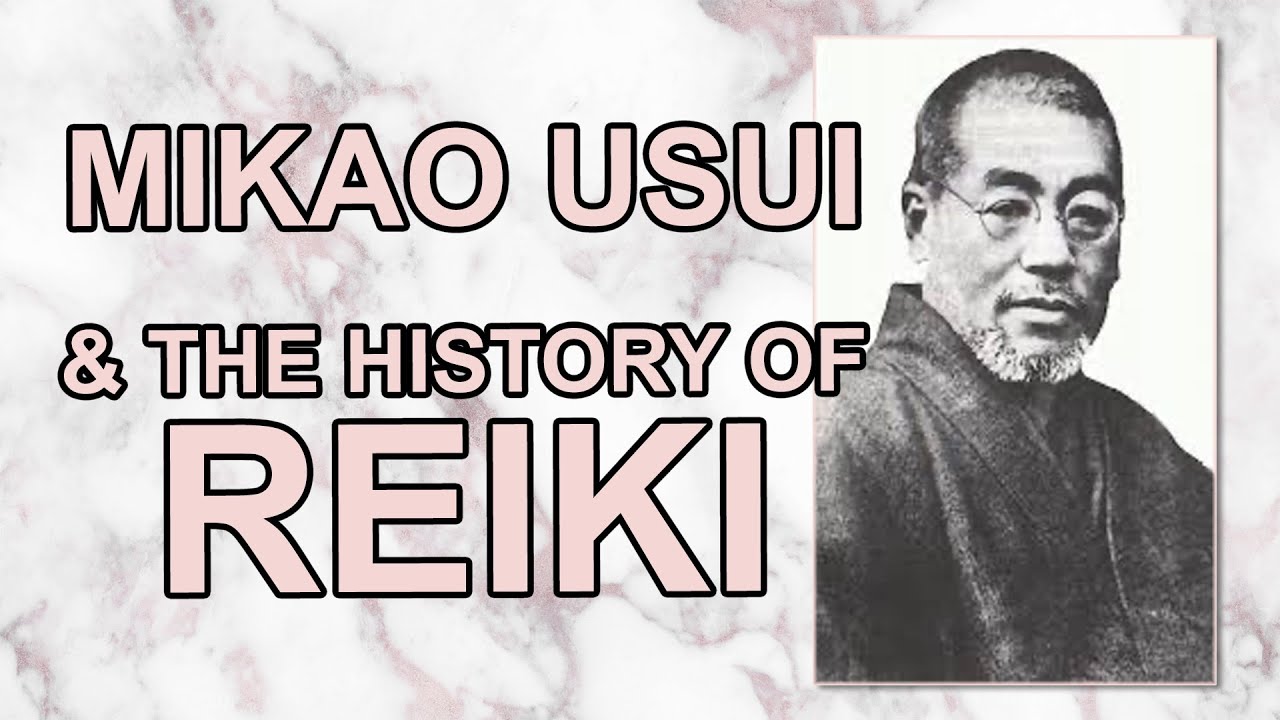The History Of Reiki - The Life And Work Of Mikao Usui
The history of Reiki is fascinating and has been shaped by the contributions of different people over the years. Reiki is a Japanese technique for relaxation and stress reduction that also promotes healing. It was developed in the early 20th century by Mikao Usui, a Japanese Buddhist monk.
Author:James PierceReviewer:Karan EmeryMar 02, 20231 Shares320 Views

The history of Reikiis fascinating and has been shaped by the contributions of different people over the years.
Reiki is a Japanese technique for relaxation and stress reduction that also promotes healing. It was developed in the early 20th century by Mikao Usui, a Japanese Buddhist monk.
The practice of Reiki involves the transfer of energy from the practitioner's palms to the patient's body, which is believed to stimulate the natural healing processes of the body.
An Evidence-Based History Of Reiki
Reiki is a complementary therapy that has gained popularity worldwide in recent decades for its purported ability to promote relaxation, reduce stress, and stimulate the body's natural healing processes.
Despite its widespread use, the evidence base for Reiki is limited, and the scientific community remains divided over its effectiveness.
The history of Reiki began in Japan in the early 20th century when Mikao Usui, a Buddhist monk, developed a system of hands-on healing that he called Usui Reiki Ryoho.
Usui's system included a set of principles for spiritual development and a series of hand positions that practitioners use to transfer healing energy to their clients.
Usui's system of Reiki was later modified and adapted by other practitioners, including Chujiro Hayashi and Hawayo Takata, who brought Reiki to the United States in the 1930s.
Takata's version of Reiki, which she called "Western Reiki," became the most widely practiced form of Reiki in the West.
Despite the popularity of Reiki, the evidence base for its effectiveness is limited. Most studies on Reiki have been small, poorly designed, or lacking in rigor, and few have been conducted in a way that meets the standards of modern scientific research.
When Was Reiki Invented?
Reiki is a healing practice that originated in Japan in the early 20th century. The founder of Reiki, Mikao Usui, is said to have developed the practice in the 1920s, after a spiritual awakening in which he gained knowledge of healing techniques used by Buddha and other spiritual masters.
Usui's background was in the study of traditional Japanese martial arts, and he was a practitioner of Zen Buddhism.
According to legend, Usui was inspired to develop the practice of Reiki after a period of meditation and fasting on Mount Kurama, a sacred mountain near Kyoto, Japan.
Usui's system of Reiki, which he called "Usui Reiki Ryoho," included a set of principles for spiritual development and a series of hand positions that practitioners use to transfer healing energy to their clients.
Usui trained many practitioners in his system, and his teachings were later modified and adapted by other practitioners, including Chujiro Hayashi and Hawayo Takata.
What Religion Does Reiki Come From
Reiki is a healing practice that is often associated with spiritual or religious beliefs, but its origins and principles are not tied to any specific religion.
Reiki was developed in Japan in the early 20th century by Mikao Usui, who drew on his knowledge of traditional Japanese martial arts and his practice of Zen Buddhism to create a system of healing that he called "Usui Reiki Ryoho."
While Usui's system of Reiki drew on spiritual and philosophical principles, it was not tied to any particular religious tradition.
Usui's teachings emphasized the importance of personal spiritual development, and he encouraged his students to develop their understanding of the nature of healing and their place in the universe.
Over time, other practitioners have adapted and modified Usui's system of Reiki, incorporating their spiritual or religious beliefs.
For example, Chujiro Hayashi, a naval officer who studied with Usui, developed his system of Reiki that included additional hand positions and symbols, and he incorporated Shinto and Taoist elements into his teachings.

Mikao Usui & The History of Reiki
Origins Of The History Of Reiki Symbols
Reiki symbols are a set of sacred symbols that are used in Reiki practice to enhance the flow of healing energy and promote spiritual development.
These symbols are said to have originated with Mikao Usui, the founder of Reiki, who is said to have received them during a period of meditation and spiritual awakening.
The Reiki symbols consist of four main symbols, each of which has a specific meaning and purpose. The first symbol, Cho Ku Rei, is a powerful symbol that is used to increase the flow of healing energy and protect the practitioner and recipient.
The second symbol, Sei He Ki, is a mental and emotional symbol that is used to promote balance and healing in the mind and emotions. The third symbol, Hon Sha Ze Sho Nen, is a distance symbol that is used to facilitate long-distance healing and spiritual communication.
The fourth symbol, Dai Ko Myo, is a master symbol that is used to promote spiritual awakening and enlightenment.
The origins of the Reiki symbols are somewhat shrouded in mystery, and different versions of the symbols have emerged over time. Some sources claim that the symbols were passed down orally from Usui to his students, while others suggest that they were developed by Usui and his students as a way of enhancing the healing power of Reiki.
People Also Ask
What Is The Meaning Of Reiki?
Reiki is a Japanese healing technique that uses universal life force energy to promote physical, emotional, and spiritual healing.
How Does Reiki Work?
Reiki works by channeling healing energy through the hands of the practitioner and into the body of the recipient, promoting balance and healing on all levels.
What Are The Benefits Of Reiki?
Some of the benefits of Reiki include stress reduction, pain relief, improved sleep, enhanced immune function, and increased spiritual awareness.
Can Anyone Learn Reiki?
Yes, anyone can learn Reiki. There are no special qualifications or prerequisites, and Reiki can be learned through a series of classes and attunements with a qualified Reiki master.
Conclusion
The history of Reiki is a story of innovation, collaboration, and cultural exchange.
From its humble beginnings in Japan to its global popularity today, Reiki has evolved and adapted over the years to meet the changing needs of people seeking healing and spiritual growth.
While the specifics of Reiki practice may vary, the core principles of energy transfer and holistic healing remain at the heart of this powerful technique.
Understanding the history of Reiki can deepen our appreciation for its benefits and inspire us to explore its potential for personal growth and healing.

James Pierce
Author

Karan Emery
Reviewer
Latest Articles
Popular Articles
